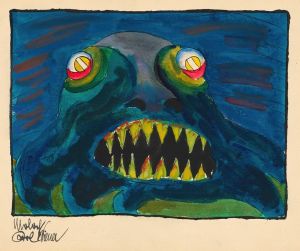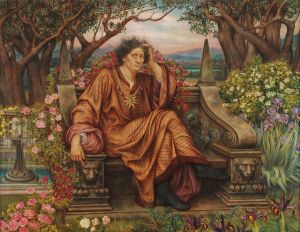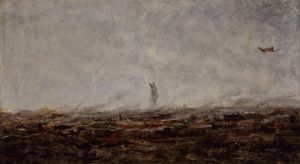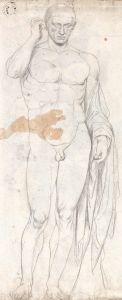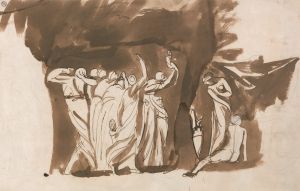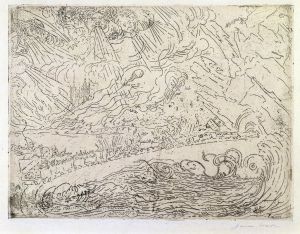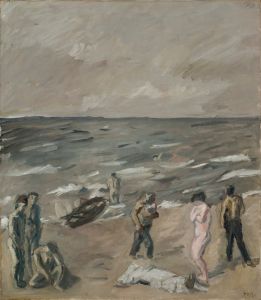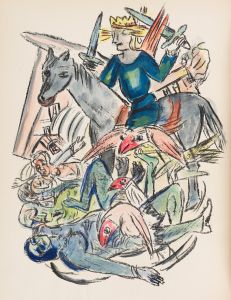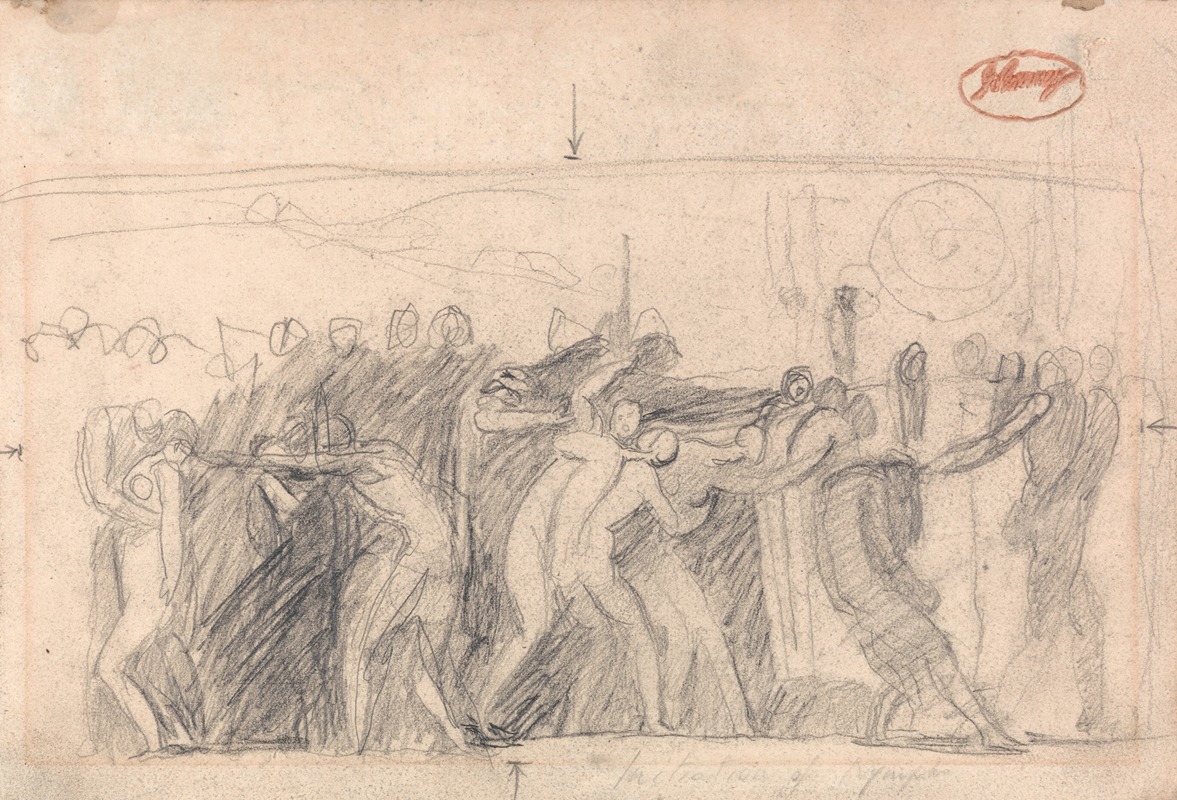
Hell
A hand-painted replica of George Romney’s masterpiece Hell, meticulously crafted by professional artists to capture the true essence of the original. Each piece is created with museum-quality canvas and rare mineral pigments, carefully painted by experienced artists with delicate brushstrokes and rich, layered colors to perfectly recreate the texture of the original artwork. Unlike machine-printed reproductions, this hand-painted version brings the painting to life, infused with the artist’s emotions and skill in every stroke. Whether for personal collection or home decoration, it instantly elevates the artistic atmosphere of any space.
George Romney (1734–1802) was a prominent English portrait painter known for his works during the late 18th century. One of his notable works is "Hell," a painting that showcases his skill in capturing dramatic and intense scenes. However, detailed information about the painting "Hell" by George Romney is scarce, and it is not one of his most widely recognized or documented works.
Romney was born in Dalton-in-Furness, Lancashire, and he showed an early talent for art. He trained under Christopher Steele, a portrait painter, and later moved to London, where he established himself as a leading portraitist. Romney's career flourished as he painted many prominent figures of his time, including Emma Hamilton, who became his muse and the subject of many of his works.
While Romney is best known for his portraits, he also created works that delved into historical and mythological themes. "Hell" is presumed to be one of these thematic works, although specific details about its creation, inspiration, and current whereabouts are not well-documented in art historical records.
Romney's style is characterized by his use of light and shadow to create depth and emotion in his paintings. He was influenced by the works of the Old Masters, and his compositions often reflect a dramatic intensity. In his thematic works, Romney explored complex narratives and human emotions, which can be seen in the presumed depiction of "Hell."
The concept of "Hell" has been a recurring theme in art history, often depicted with vivid imagery of torment and suffering. Artists like Hieronymus Bosch and Michelangelo have famously portrayed hellish scenes filled with intricate details and symbolic elements. While Romney's "Hell" might not be as famous or as detailed as these works, it likely follows the tradition of using powerful imagery to convey the horrors of the underworld.
Romney's contributions to art were significant during his lifetime, and he was highly regarded by his contemporaries. His works are held in various collections, including the National Portrait Gallery in London and the Tate Gallery. Despite the limited information on "Hell," Romney's overall body of work continues to be studied and appreciated for its artistic merit and historical significance.
In summary, while George Romney's painting "Hell" is not extensively documented, it reflects his interest in dramatic and emotional themes beyond his well-known portraits. Romney remains an important figure in 18th-century British art, and his legacy endures through his numerous portraits and thematic works.





